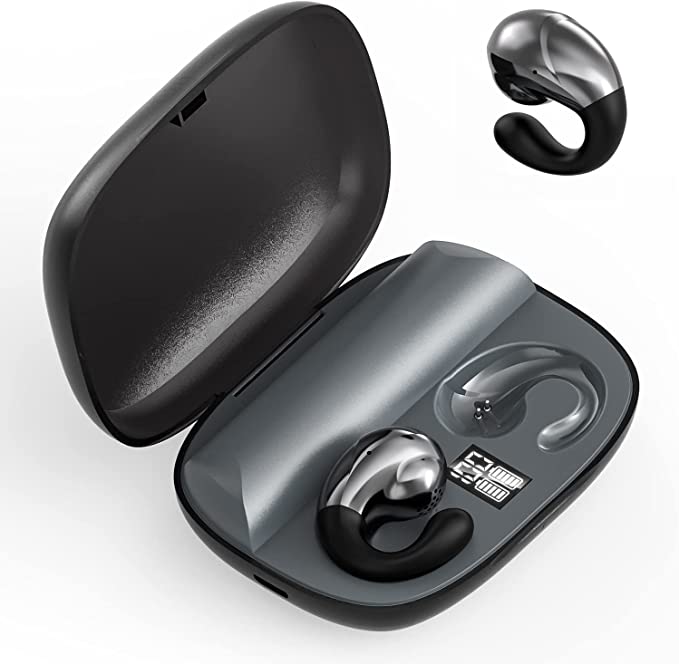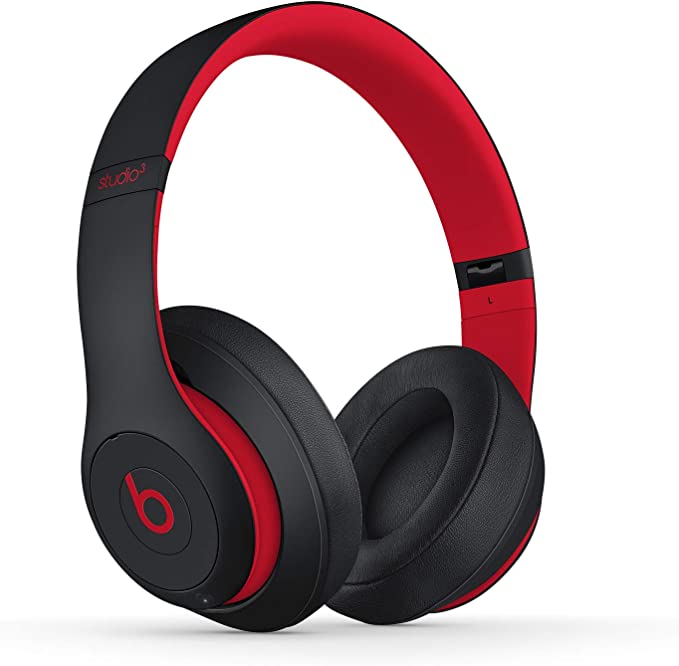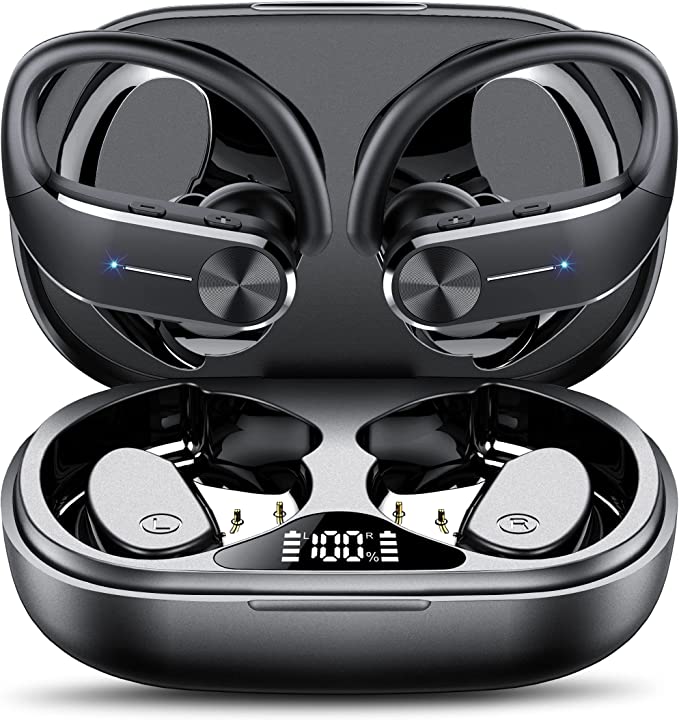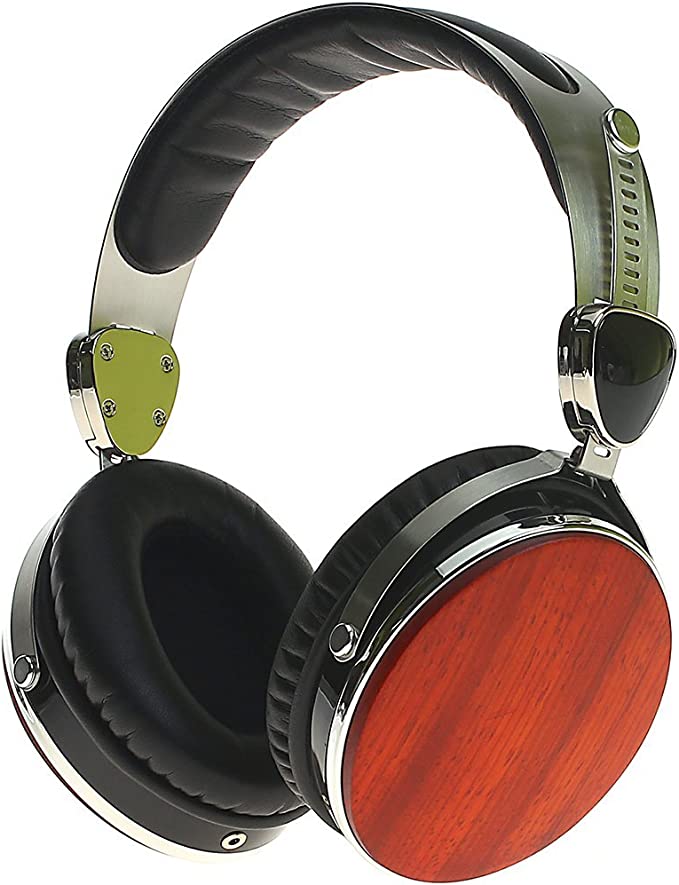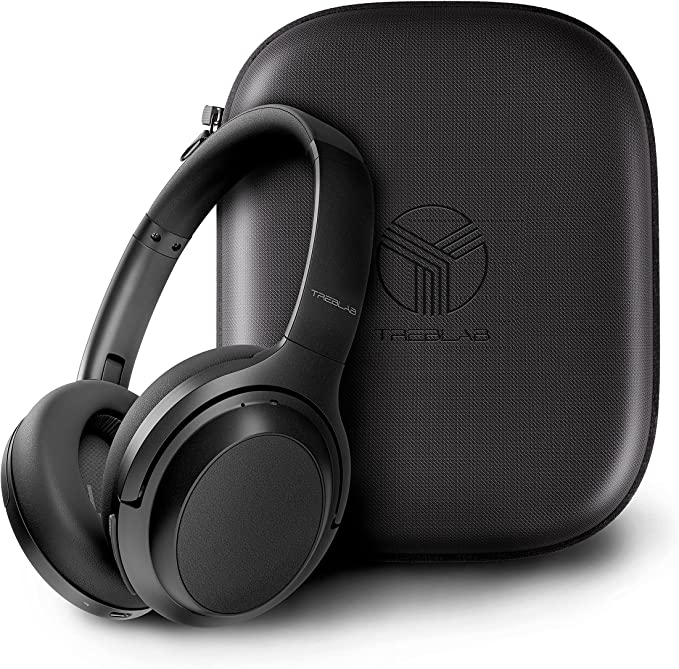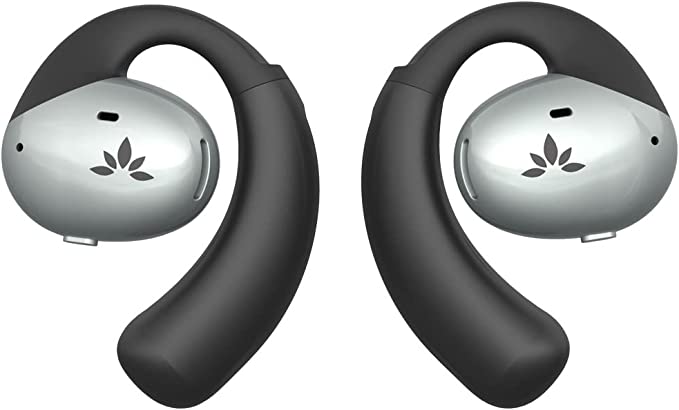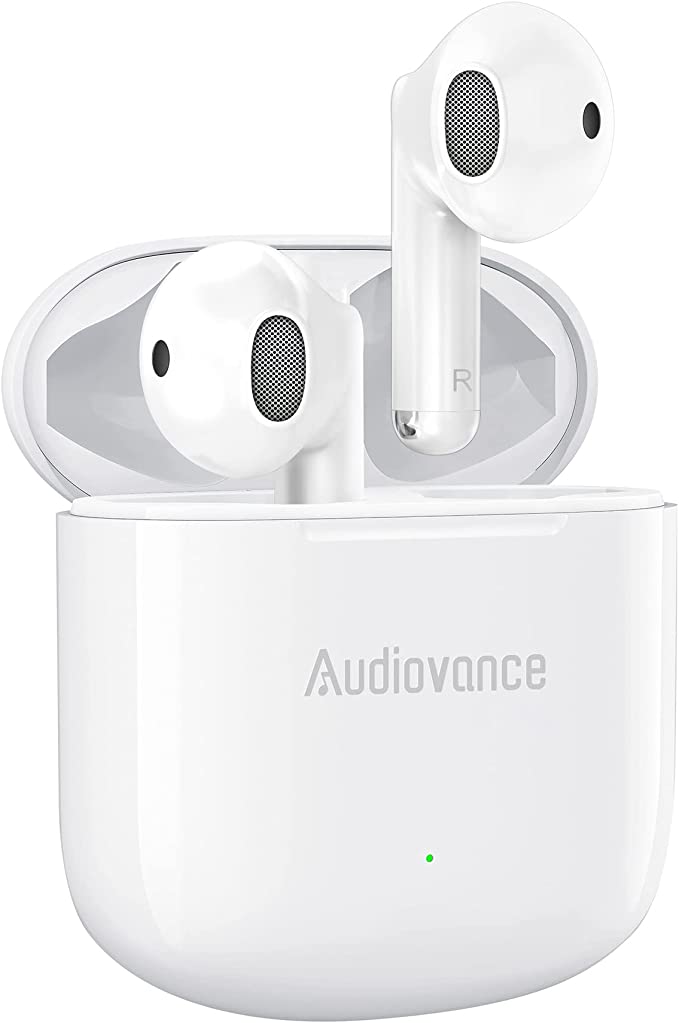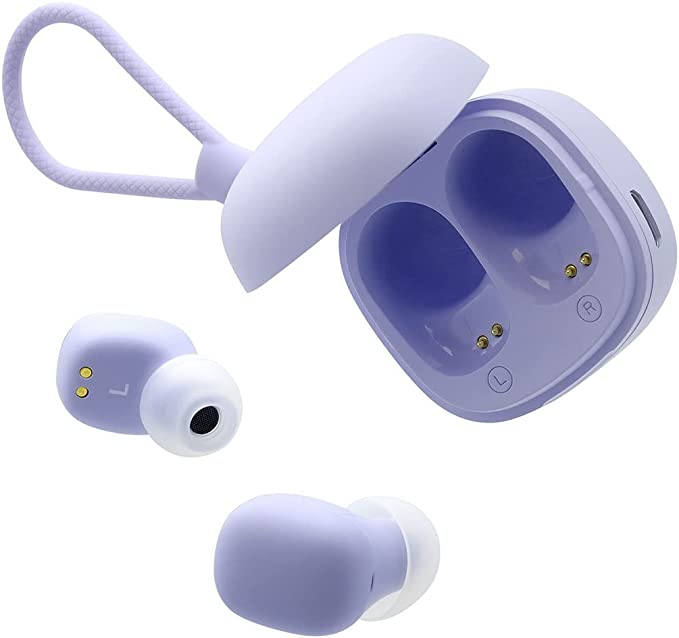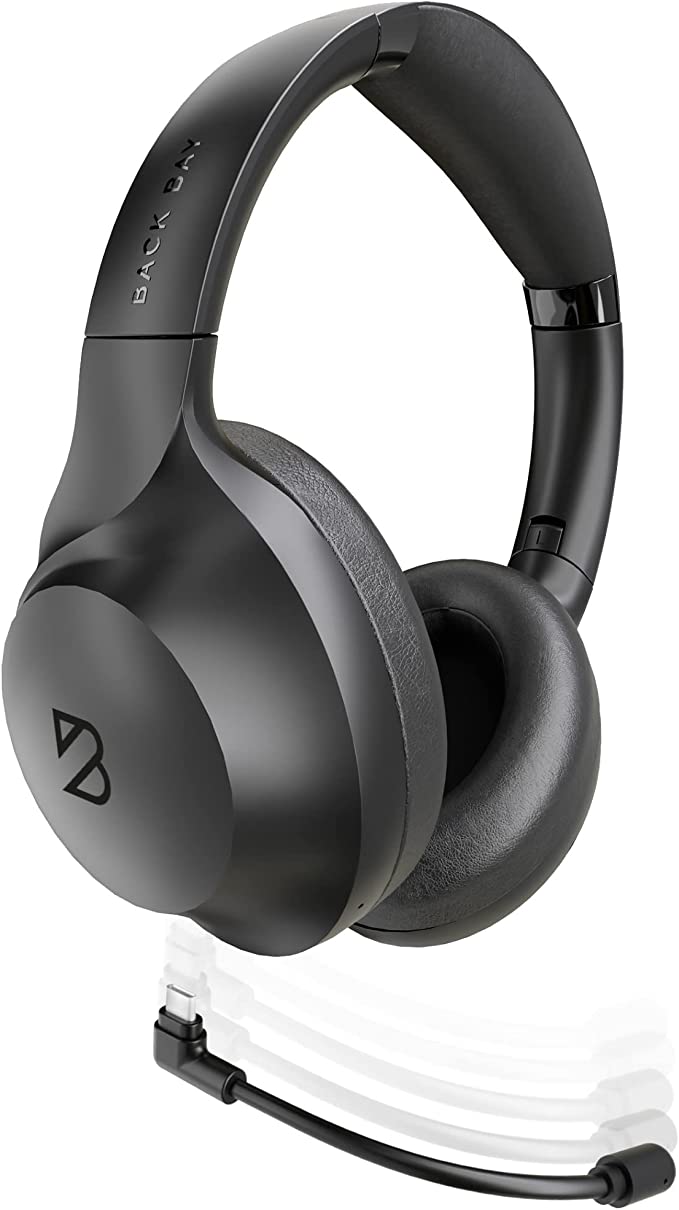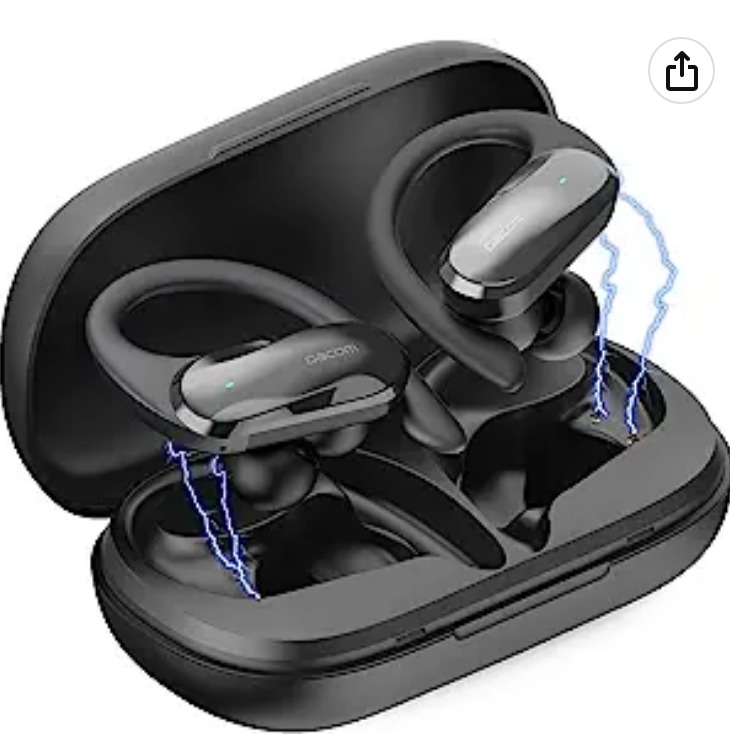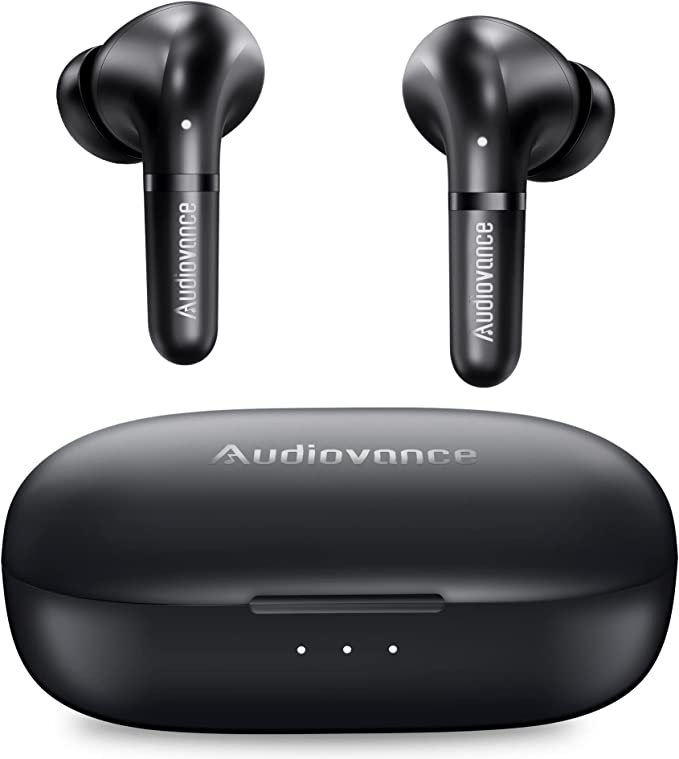Avantree PHA16 OTC Hearing Aids Amplifiers : Affordable, Feature-packed Aids to Regain Your Hearing
Update on July 3, 2025, 7:01 a.m.
Helen Keller once profoundly observed, “Blindness separates us from things, but deafness separates us from people.” Her words cut to the heart of a fundamental human truth: hearing is the primary conduit for connection. It’s the medium for laughter, debate, whispered secrets, and the simple, reassuring presence of a loved one’s voice. Yet, for nearly 50 million Americans, as reported by the National Institute on Deafness and Other Communication Disorders (NIDCD), this vital channel is fading. The world slowly becomes a muffled, confusing soundscape, and the isolating silence Keller described begins to creep in. The challenge, for science and engineering, has never been merely to turn up the volume. It has been to restore the clarity, a task that requires not just power, but profound intelligence.

The Ghost in the Machine and the Quest for Clarity
For over a century, the journey of hearing assistance has been a slow, arduous climb from crude amplification to nuanced restoration. Early ear trumpets and carbon-granule devices were blunt instruments; they made everything louder, indiscriminately amplifying the clatter of a fork alongside the consonant of a word. It was the equivalent of trying to read a book by shining a floodlight on the entire page—brighter, yes, but not necessarily clearer. The true revolution began when engineers stopped trying to build a better loudspeaker and started trying to build a smarter listener. They realized the secret wasn’t in the ear alone, but in the ghost in the machine: the brain. The modern Over-the-Counter (OTC) hearing aid is the culmination of this shift, a marvel of biomimicry that attempts to replicate the brain’s own extraordinary filtering abilities.

Listening with Light: The Prism of 16 Channels
Our brain doesn’t hear a singular, monolithic “sound.” It perceives a rich spectrum of frequencies, from the deep thrum of a bass guitar to the delicate hiss of the letter ‘s’. Hearing loss is often a selective thief, stealing specific frequencies while leaving others untouched. This is why a person with hearing loss might complain that they can hear people talking, but can’t understand them; the vowel sounds (low-frequency) are present, but the consonants (high-frequency) that give speech its definition are missing.
This is where the concept of “channels” becomes critical. Imagine sound as a beam of white light. A simple amplifier is like a magnifying glass, making the whole beam more intense. A modern digital device, like the Avantree PHA16 with its 16-channel processor, acts like a sophisticated prism. It takes that single beam of incoming sound and, using a mathematical principle known as Fourier Analysis, splits it into 16 distinct bands of color, or frequency ranges.
Now, instead of crudely boosting the entire beam, the device can act with surgical precision. It can specifically increase the intensity of the “blue” and “violet” bands (the higher frequencies where consonants live) while leaving the “red” and “orange” bands (lower frequencies) largely untouched. This selective amplification is the key to restoring intelligibility without creating a distorted, booming mess. It mimics the frequency selectivity of a healthy inner ear, ensuring the sound delivered to the brain is not just louder, but more coherent and natural.

The Art of Focus: Mimicking the Brain’s Spotlight
Now for the even greater challenge: noise. Our brains perform a miraculous feat every second of the day known as the “cocktail party effect.” In a crowded room, we can effortlessly tune out the surrounding cacophony and focus our attention on a single conversation. This isn’t magic; it’s incredibly complex neural processing. Modern hearing aids strive to replicate this with an engineering solution called beamforming.
The PHA16’s four-microphone array—two on each ear—creates a “listening zone,” a virtual spotlight in the soundscape. By analyzing the infinitesimal time differences between a sound arriving at each microphone, the device’s chipset can determine the direction of the primary sound source (typically the person you are facing). It then intelligently amplifies the sounds from within that “spotlight” while actively reducing the volume of sounds from the sides and rear. This is far more sophisticated than simple noise cancellation. It’s about fundamentally improving the signal-to-noise ratio, ensuring the voice you want to hear is elevated above the ambient din you don’t. This is the science behind the device’s “Restaurant Mode,” turning a chaotic environment into a manageable one-on-one conversation.

Where Silicon Meets Soul: Engineering for Human Experience
These advanced principles would be meaningless if they weren’t housed in a device that people can and will actually wear. This is where engineering meets human-centered design. The impressive 15-hour battery life is more than a specification; it’s a full day of confident connection, a liberation from the “battery anxiety” that plagues users of less capable devices. The total 60-hour capacity with the charging case means a weekend getaway doesn’t require a frantic search for a power outlet.
Furthermore, the 14-millisecond latency is a critical, often-overlooked feature. It ensures that the sound you see being made is the sound you hear, virtually instantaneously. This low latency is essential for a sense of realism and avoids the disorienting lag common in simpler Bluetooth devices, making everything from watching television to playing a musical instrument feel natural.
Of course, the human-device interface is never perfect. Some users of devices like the PHA16 report a learning curve with the physical button controls. This is a valid observation and highlights a core challenge in design for seniors: finding the balance between the simplicity of tactile buttons and the flexibility of a smartphone app. It’s a reminder that the ideal solution must accommodate a wide range of technical comfort levels.

The Dawn of Auditory Empowerment
For decades, seeking help for hearing loss was a path fraught with stigma, expense, and complexity. The U.S. Food and Drug Administration’s establishment of the OTC hearing aid category, for which devices like the PHA16 are designed, marks a pivotal moment in public health. It is a movement of empowerment, placing effective, high-quality technology directly into the hands of those who need it for mild to moderate hearing loss.
The stakes are higher than many realize. The World Health Organization (WHO) and NIDCD have linked untreated hearing loss to a higher risk of social isolation, depression, and even cognitive decline. By making intervention more accessible, we are providing more than just a device; we are offering a tool for brain health and social longevity. Technology like this, born from mimicking the brain’s own blueprint, serves the ultimate purpose: to ensure that no one is separated from the people and the life they love, simply because the world has grown too quiet.
